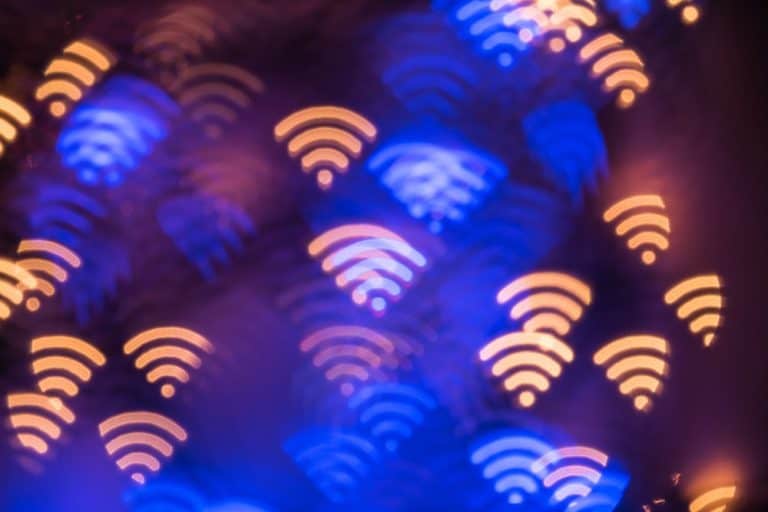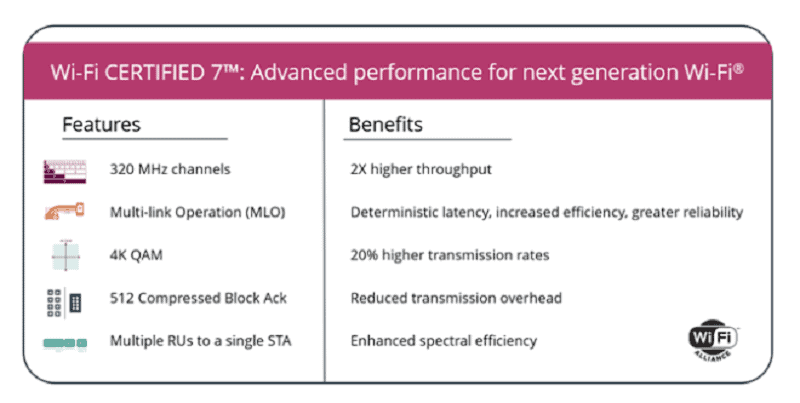Recently, the WiFi Alliance officially began certifying various products for the new WiFi 7 standard. This brings the availability of WiFi 7 another step closer.
With the official certification now issued by the WiFi Alliance, manufacturers can indicate that their devices are guaranteed to be mutually interoperable with WiFi 7. Also, these certifications are going to guarantee that a large and robust ecosystem can emerge for the WiFi 7 standard.
Successor to WiFi 6/6E
WiFi 7 is the successor to the WiFi 6/6E standards and should bring a higher speed, higher throughput, much less latency and greater reliability for critical data traffic, among other things. The standard is the first one that is suitable for 6 GHz frequencies. Previous standards were only available between the 5 GHz and 2.4 GHz frequencies.
New use cases
The WiFi Alliance also sees a host of new use cases for WiFi 7. Examples include multi-user spatial computing, in-depth 3D training, gaming, hybrid working, industrial IoT environments and automotive applications.
Meanwhile, WiFi 7 devices from Netgear, TP-Link and Eero, among others, are already on the market, but they are not yet officially certified.
In addition, in the future, all new WiFi 7-devices that are likely to hit the market soon will naturally be backwards compatible with devices still operating under older WiFi standards.

